- 1 group leader,
- 4 scientists,
- 8 postdocs,
- 6 graduates,
Group Leader
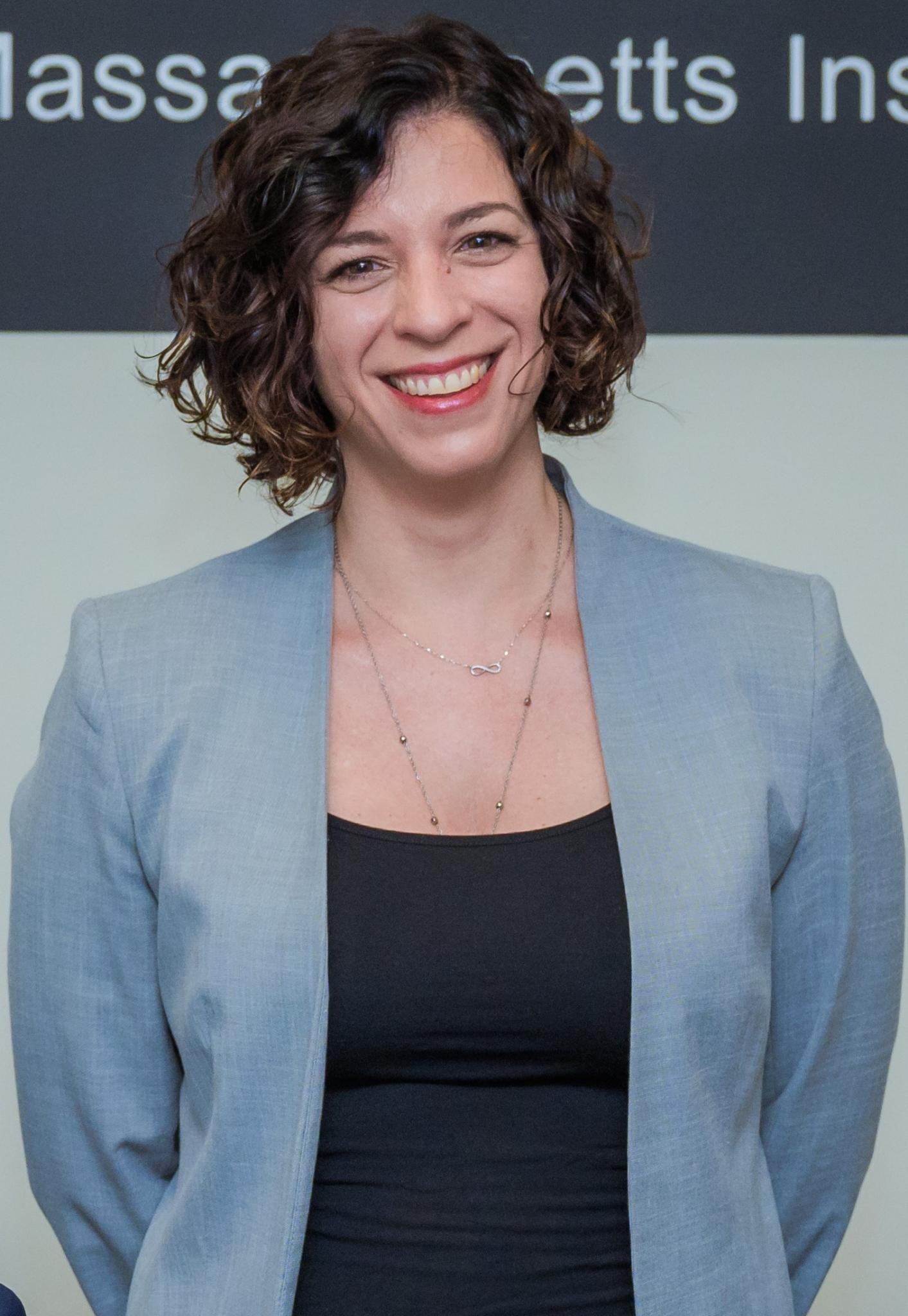
Cristina Rea
Principal Research Scientist · Group Leader
Cristina is a Principal Research Scientist and the MIT PSFC Disruption Studies Group Leader. Her research focuses on interpretable and adaptive AI research in fusion. She has worked with multi-machine databases of disruption-relevant experimental data, developing data-driven stability metrics for real-time deployment on DIII-D and EAST. She leads the multi-institutional collaboration on Open and FAIR Fusion for Machine Learning Applications and is the PSFC Liaison Officer for the IAEA Collaborating Centre on AI in Fusion and Plasma Science. Cristina enjoys hiking, climbing, and cooking.
Scientists (4)

Cesar Clauser
Research Scientist
Cesar is a Research Scientist focusing on disruption modeling. His primary areas of research cover disruption mitigation and consequences, including vertical displacement events, runaway electrons, disruption mitigation via pellet injection or massive gas injection, etc. He is also interested in other related areas such as MHD stability boundaries that can affect future SPARC operational regime. This includes 3D MHD physics as well as vertical stability. Before joining MIT, he worked at PPPL on transport physics conducting research assisted by gyrokinetic simulations for NSTX/U, as well as on integrated modelling. He also worked on disruption modeling for ITER where he came across with this fascinating topic. Back in the past, during his PhD in Argentina, he worked on atomic physics in fusion plasmas and its interaction with fusion-born alpha particles.

Robert S. Granetz
Principal Research Scientist
Bob has spent many decades studying disruptions, both on the Alcator tokamaks, and as a member of ITER's ITPA MHD group. His research includes the earliest experiments on disruption mitigation using massive gas injection, the first detailed measurements of halo currents, synchrotron emission from relativistic runaway electrons, multi-machine studies of the threshold Ecrit for runaways, establishing multi-machine disruption databases to train AI algorithms for disruption prediction, and most recently on the potential for disruptions in stellarators. He currently also works on the magnetic diagnostics for SPARC, and on high-field magnet research incorporating high-temperature superconducting technology for both tokamaks and stellarators.

R. Alex Tinguely
Research Scientist
Alex's primary research interests include (i) the interactions of fast ions and alpha particles (from DT fusion) with magnetohydrodynamic waves called Alfvén Eigenmodes, (ii) the generation and mitigation of relativistic "runaway" electrons during sudden terminations (or disruptions) of plasma discharges, and (iii) the diagnosis of fusion neutrons, hard x-rays, and gamma rays to study energetic particle physics and, importantly, measure fusion plasma performance.

Gregorio L. Trevisan
Research Scientist
Greg is a computational physicist working on magnetohydrodynamic problems, 3D equilibrium reconstruction, and integrated modeling. He keeps an open mind and a broad field of interests, including data science, dev ops, cyber security, artificial intelligence and machine learning. He obtained his PhD in Europe around Padova, Lisbon, and Garching, further completed a PostDoc in San Diego, and then moved to Cambridge to join the PSFC at MIT. In between such appointments, he ventured in the off-academic corporate world. Twice.
Postdocs (8)
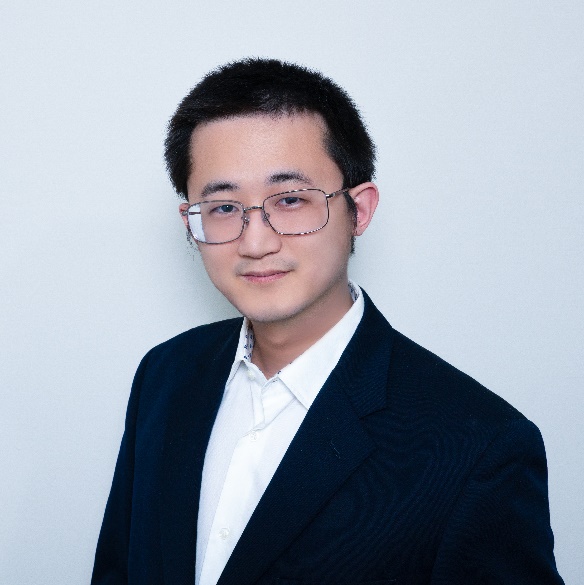
Qiyun Cheng
Postdoctoral Associate
Qiyun (pronounced "chee-yoon") is a Postdoctoral Associate at the MIT PSFC. Before joining MIT, he earned his PhD from Rensselaer Polytechnic Institute. His research interests include data-driven surrogate modeling and the coupling of multiscale and multiphysics systems. He also has experience in plasma diagnostic experiments. At PSFC, Qiyun's primary work focuses on developing physics-informed neural networks and neural operators for plasma instability prediction. Besides his research, he is an amateur astrophotographer and enjoys outdoor adventures.

Rishabh Datta
Postdoctoral Associate
Rishabh is a Postdoctoral Associate at the MIT PSFC. Rishabh works on the computational modeling of runaway electrons during disruption events. Using magnetohydrodynamic (MHD) simulations, he makes high-fidelity predictions of the runaway physics and bulk plasma properties, and evaluates mitigation strategies, such as the Runaway Electron Mitigation Coil (REMC), for the SPARC and ARC tokamaks. Rishabh completed his PhD at MIT in 2024, where he worked with Prof. Jack Hare, investigating the effects of radiative cooling in magnetic reconnection, using radiative MHD simulations and high-energy-density laboratory experiments. His other research interests include radiation transport, magnetized plasma shocks, and surrogate modeling.

Arunav Kumar
Postdoctoral Associate
Arunav is a Postdoctoral Associate at the MIT PSFC. At MIT, Arunav's role is pivotal in the development of physics requirements for the SPARC & ARC Vertical Stability System (real-time compatible) which contribute to the evaluation of proximity to the stability boundary in support of disruption prediction and avoidance. These efforts are executed through a blend of numerical simulations, data-driven ML models and cross-machine experimental validation. Before joining PSFC, Arunav received his PhD at the Australian National University (ANU) in 2023, where he worked under the supervision of Prof. Matthew Hole, Dr. Zhisong Qu, Stuart Hudson (PPPL) & Em. Prof. Robert (Bob) Dewar at the ANU’s Mathematical Sciences Institute. His research focused on the emphrical scaling of MHD instabilities in tokamak and stellarator devices, using the MRxMHD/SPEC model for analysis and comparing its insights with both low and high-fidelity MHD models.

Enrico Panontin
Postdoctoral Associate
Enrico is a Postdoctoral Associate at the MIT PSFC. He is in charge of prototyping a hard X-ray detector for runaway electron studies on SPARC. His research interests range from the development of detectors for MeV-range photon measurements, to the analysis of spectral data with unfolding and tomographic techniques to infer space and velocity distributions of fast-particles. Before joining PSFC, Enrico took his PhD in the university of Milan-Bicocca, working on hard X-ray and gamma-ray diagnostics on JET and ASDEX Upgrade. In his spare time, he does mountaneering and is involved into politics.

Alex R. Saperstein
Postdoctoral Associate
Alex Saperstein is a Postdoctoral Associate at the MIT PSFC and lead developer of SPARC's off-normal warning system. His research interests include disruptions in tokamaks and how they impact scenario design, with the goal of minimizing disruptivity in future reactors. Alex has experience as an experimental physicist, investigating halo current rotation and other disruption characteristics on the HBT-EP and Alcator C-Mod tokamaks, and is now exploring the use of simulations for informing the development of off-normal event detection and avoidance on SPARC. Some of his other interests include board games, D&D, and reading.

Benjamin Stein-Lubrano
Postdoctoral Associate
Ben is a Postdoctoral Associate at the MIT PSFC. He develops disruption analysis tools for SPARC that address mitigation efficacy, halo current impacts, and other disruption consequences. Ben is also a recent graduate of the Disruptions group. In his PhD, he developed the radiation modeling code Emis3D and showed that thermal mitigation on JET is more effective than previously thought due to a newly quantified impurity injection plume peaking effect. He has previously studied UFO disruptions, VDE disruptions, and startup runaway electrons on Alcator C-Mod. Ben is an MIT club gymnast and a recovering theater kid. Ask him about figure skating.

Yumou Wei
Postdoctoral Associate
Yumou "William" Wei is a Postdoctoral Associate at the MIT PSFC. He currently works on developing data pipelines and workflows for the DisruptionPy framework to support disruption prediction studies. His research interests involve machine learning, diagnostics, and reactor control. Before joining PSFC, he completed his PhD at Columbia University, where he applied high-speed imaging, deep learning, and FPGA-based computing to develop the first real-time optical-based MHD diagnostic system in a tokamak device. Outside research, his other interests include kendo, cycling, photography, and snowboarding.

Enrique Zapata Cornejo
Postdoctoral Associate
Enrique is a Postdoctoral Associate at the MIT PSFC. During his PhD at Aix-Marseille University and ITER he developed different algorithms to identify plasma instabilities in fast magnetic diagnostics. Enrique also has experience in Data Science consulting and high-school teaching. His research interests involve multivariate signal analysis, computer vision, and the use of ML for data-driven applications in fusion. Besides his fusion research, Enrique enjoys listening to -- or sometimes playing -- good rock and roll music, or eating popcorn while watching science-fiction movies.
Graduates (6)

Stuart R. Benjamin
Graduate Student
Stuart is a PhD physics student at PSFC, working under Dr. Cristina Rea, Dr. Cesar Clauser and Dr. Earl Marmar. His PhD topic is finding tearing-free tokamak equilibria for pilot plant scenarios, with special interest in integrating toroidal classical tearing stability into nonlinear tearing analysis. He is also interested in scenario optimisation and machine learning for tearing onset prediction. Prior to joining MIT, Stuart completed an Honours thesis on distribution transforms for tokamak orbit coordinates, working under Professor Matthew Hole in the ANU Fusion plasma theory and modelling group. Originally from Sydney, Australia, Stuart enjoys swimming in the ocean, snowboarding and cooking.
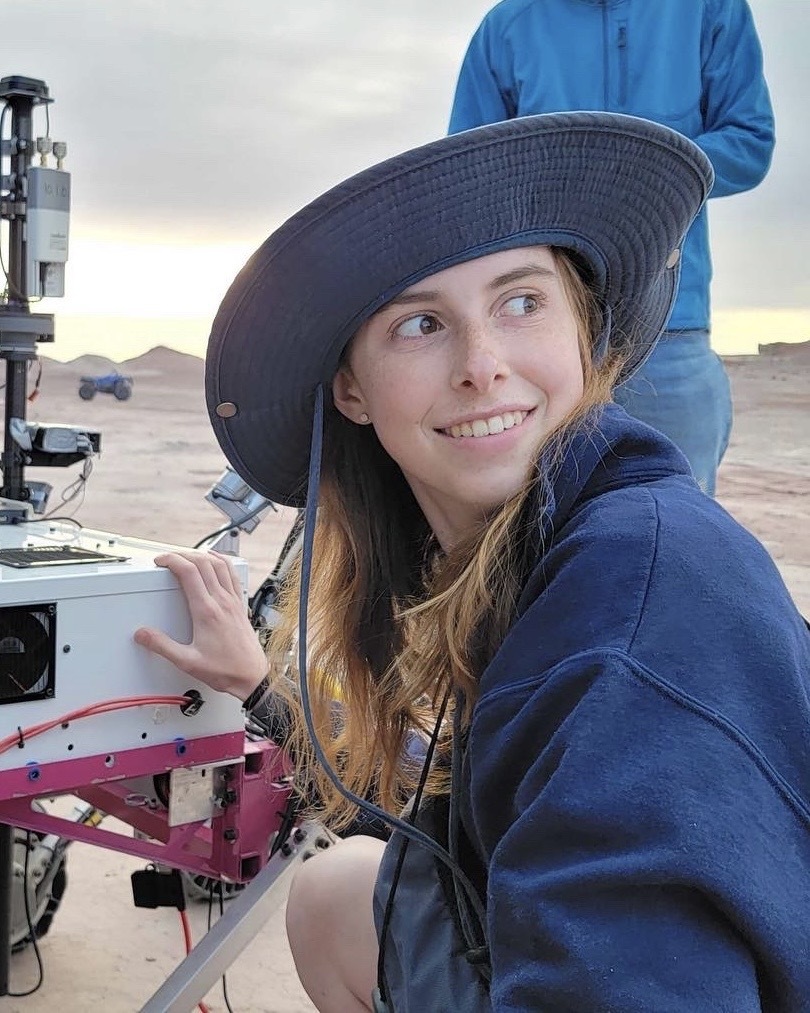
Abigail Feyrer
Graduate Student
Abby is a PhD student in the Nuclear Science and Engineering Department advised by Alex Tinguely and John Rice. Her research is on runaway electrons in the SPARC tokamak and the effects of runaway electron impacts on plasma facing components. Outside of plasma physics Abby enjoys running, hiking and skiing.

Zander N. Keith
Graduate Student
Zander is a PhD student in the Nuclear Science and Engineering Department, advised by Cristina Rea. His research involves developing risk-aware frameworks for disruption prediction and avoidance on SPARC, and determining the expected time to disruption using machine learning and statistical models like survival analysis. Before coming to MIT, Zander worked on data analysis codes for diagnostics on the HSX stellarator at UW-Madison. His interests also include baking and videography.

Andrew D. Maris
Graduate Student
Andrew is a PhD student in the Department of Nuclear Science and Engineering advised by Cristina Rea, Bob Granetz, and Earl Marmar. Andrew's work leverages interpretable machine learning techniques to better understand and predict the onset of instabilities in tokamak plasmas. In particular, his main thesis project is a multi-machine investigation of the precusor phase of the density limit, with the goal of creating a reliable metric for the distance to such events and demonstrating a real-time control solution. He has also studied approaches to augmenting datasets to enable more robust data-driven prediction of disruptions. Outside of the lab, Andrew enjoys swing dance, watching his favorite soccer teams, and listening to history podcasts.

Allen M. Wang
Graduate Student
Allen is a PhD student majoring in Autonomous Systems in the AeroAstro department co-advised by Cristina Rea and Chuchu Fan. Before joining fusion, he spent two years at the MIT Computer Science and Artificial Intelligence Lab (CSAIL) followed by two years as a roboticist at Boston Dynamics. His goal is to advance disruption avoidance capabilities by applying techniques from the robotics and machine learning worlds to both pulse planning for SPARC and advanced control experiments on existing devices. The biggest gap towards this goal is dynamics modelling. To address this gap, much of his current work focuses on building hybrid physics + ML models. Outside of work, Allen enjoys hanging out at the Cambridge Zen Center, skiing, bouldering, leading MIT Outing Club hikes, and live music.
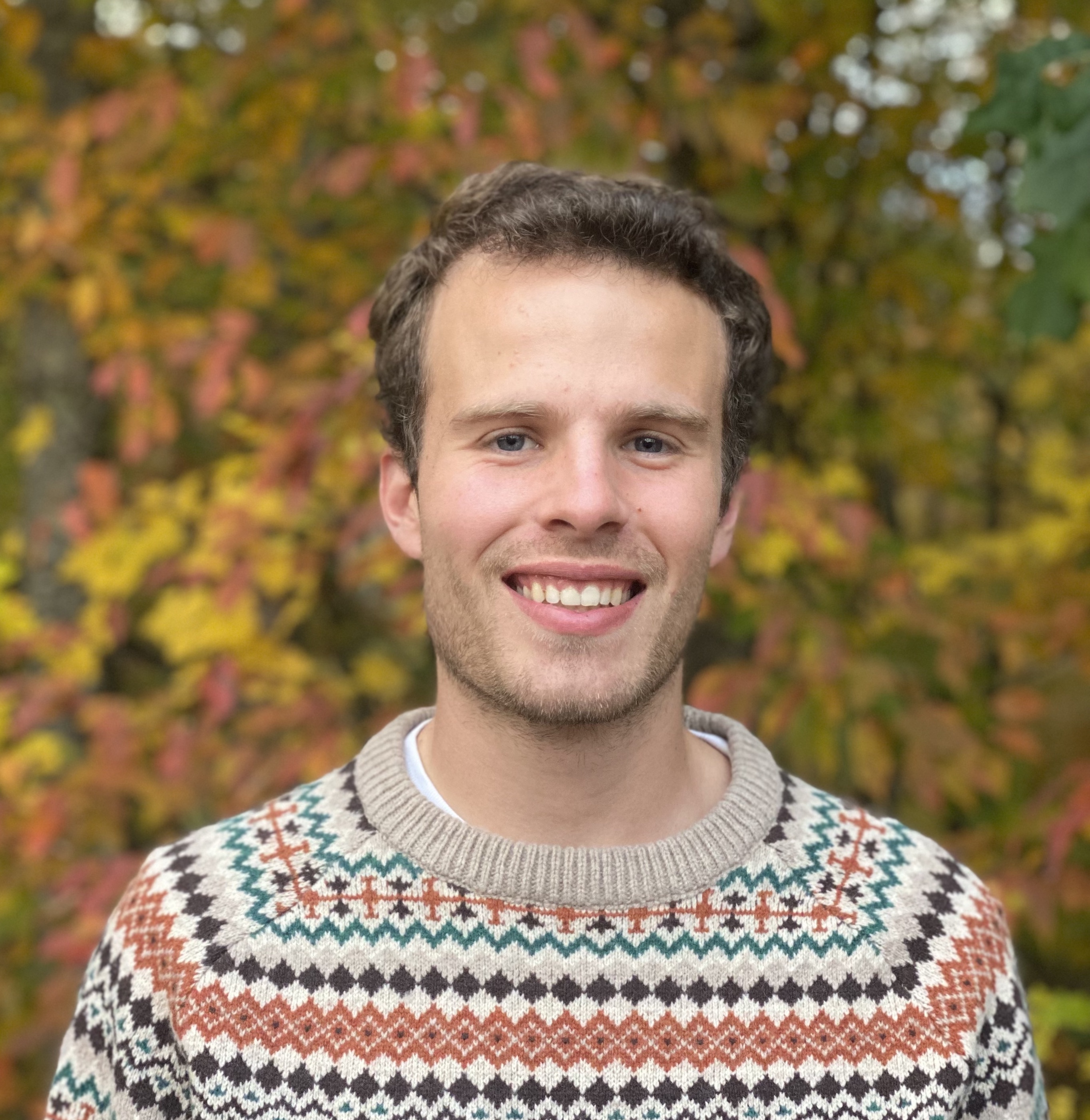
Henry Wietfeldt
Graduate Student
Henry is a PhD student in the Physics Department advised by Cristina Rea, Bob Granetz, and Earl Marmar. His research focuses on UFO disruptions in tokamaks, with the goal of developing machine learning algorithms for the real-time prediction of UFO disruptions on SPARC. Outside of work, Henry enjoys hiking, cooking, and watching football and basketball.
Collaborators (8)
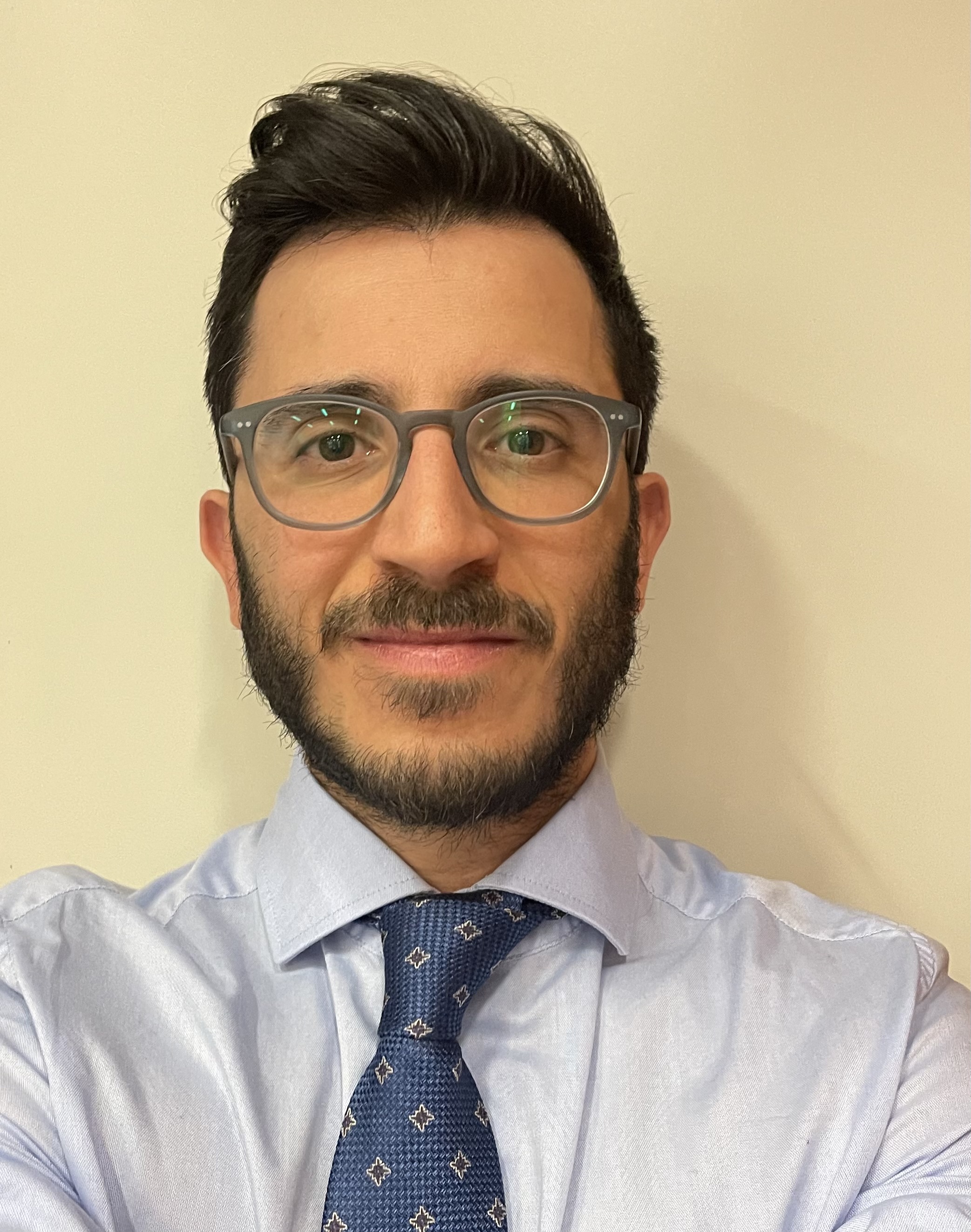
Matteo Barbarino
Nuclear Fusion Physicist
Dr. Matteo Barbarino is currently the lead fusion scientist at the International Atomic Energy Agency (IAEA). He oversees the Agency’s collaborations in fusion energy with ITER, MIT's Plasma Science and Fusion Center (PSFC), the Princeton Plasma Physics Laboratory (PPPL), and the Institute of Plasma Physics of the Chinese Academy of Sciences (ASIPP), as well as with artificial intelligence through the International Telecommunication Union (ITU). Matteo has been with the IAEA since 2017. Prior to this role, he worked at laser fusion laboratories in the USA and Europe. He also serves as a technical adviser for the International Group of Legal Experts on Fusion Energy (FELEX) and is a member of the ITPA Coordinating Committee, the IEA Fusion Power Coordinating Committee, the CICLOP Group, and the UN HLCP Inter-Agency Working Group on AI (IAWG-AI). Matteo earned his PhD and MSc in Physics from Texas A&M University and his BSc in Electrical Engineering from the University of Catania.

Amos Decker
Computer Scientist
Amos graduated at Minerva University studying data science and theoretical computer science. At PSFC he worked with Cristina Rea and Gregorio L. Trevisan on a FAIR data tool to aid machine learning research in disruptions called DisruptionPy. Before PSFC, he interned at CFS on the SPARC Software team creating backend data access and data registry APIs for the Quartz system and a front-end data visualization tool for scientists to analyze simulations and examine data in the control room. When he's not working or studying, Amos enjoys reading, running, and balancing on a rope tied between two trees.

Valerie A. Izzo
Senior Scientist
Valerie Izzo is a computational plasma physicist with expertise in 3D MHD simulations of fusion plasmas. She pioneered nonlinear MHD modeling of mitigated tokamak disruptions by impurity injection. She is responsible for several extensions to the NIMROD MHD code, including incorporation of the atomic physics model for impurity radiation and a drift-orbit model for runaway electron confinement. Valerie founded Fiat Lux in 2018.
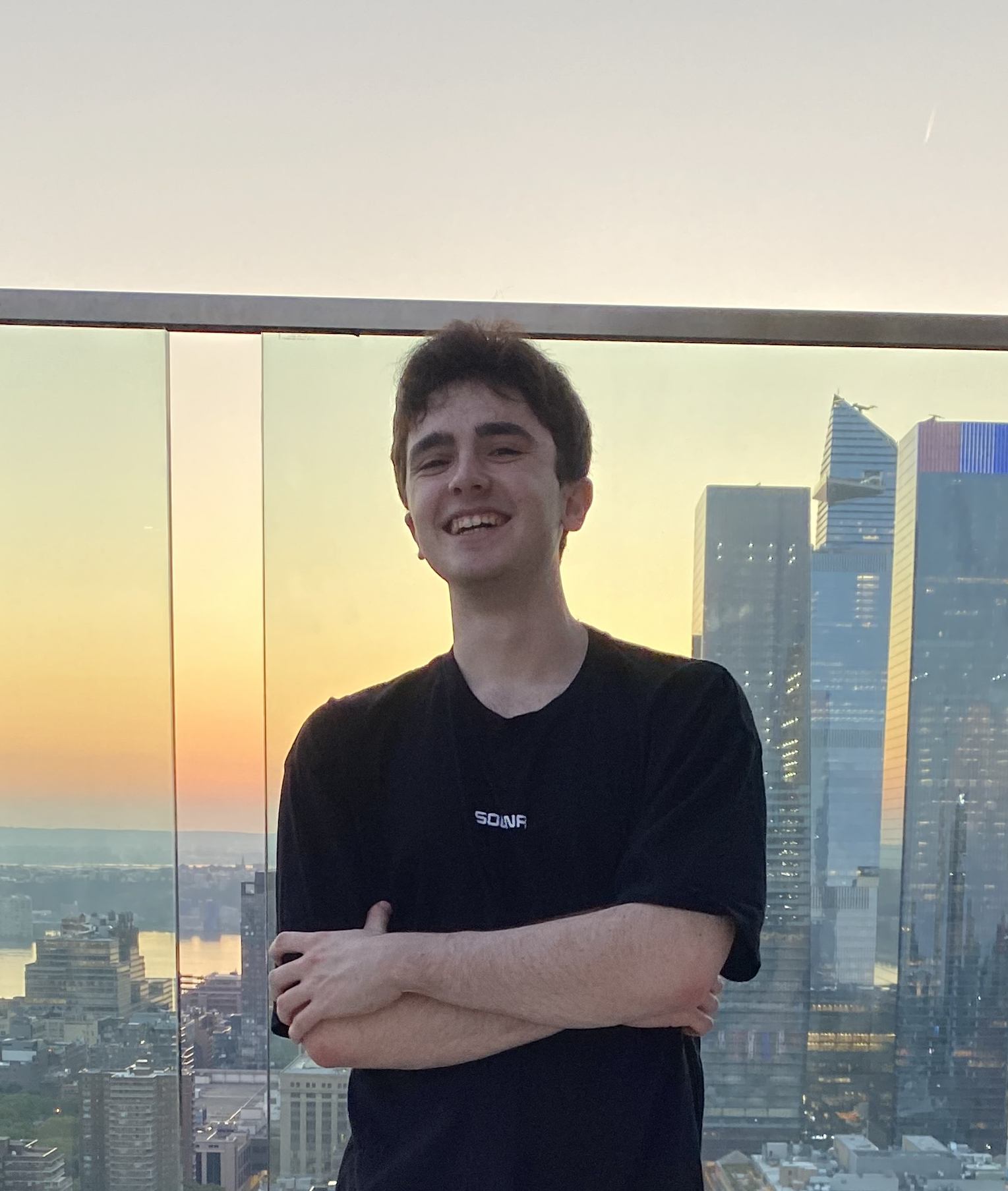
Joshua A. Lorincz
Software Engineer
Josh graduated at UC Berkeley in Computer Science and Applied Math. Under the supervision of Cristina Rea and Gregorio L. Trevisan, he helped to further develop a software library that allows researchers to easily access large amounts of disruption data for training machine learning models. He now works as a Software Engineer. Outside of research, Josh enjoys rock climbing and playing soccer.

Alessandro Pau
Research Scientist
Alessandro Pau is a research scientist at the Swiss Plasma Center (EPFL) in Lausanne. He is actively involved in various fusion research activities in the framework of the EUROfusion research programme, the IAEA and the International Tokamak Physics Activity (ITPA), where he coordinates high-level research topics on critical issues in tokamak physics and plasma control. His current research focuses on the study of the complex physics mechanisms leading to disruptions in tokamaks, which must be avoided in order to preserve the integrity of the machines and to enable the control of stable and high-performance plasma regimes. In this context, he has received several grants for the development of tools to enable the application of data-driven models to real-time control, and he is responsible for several collaborations and projects on the use of AI and machine learning in fusion research.
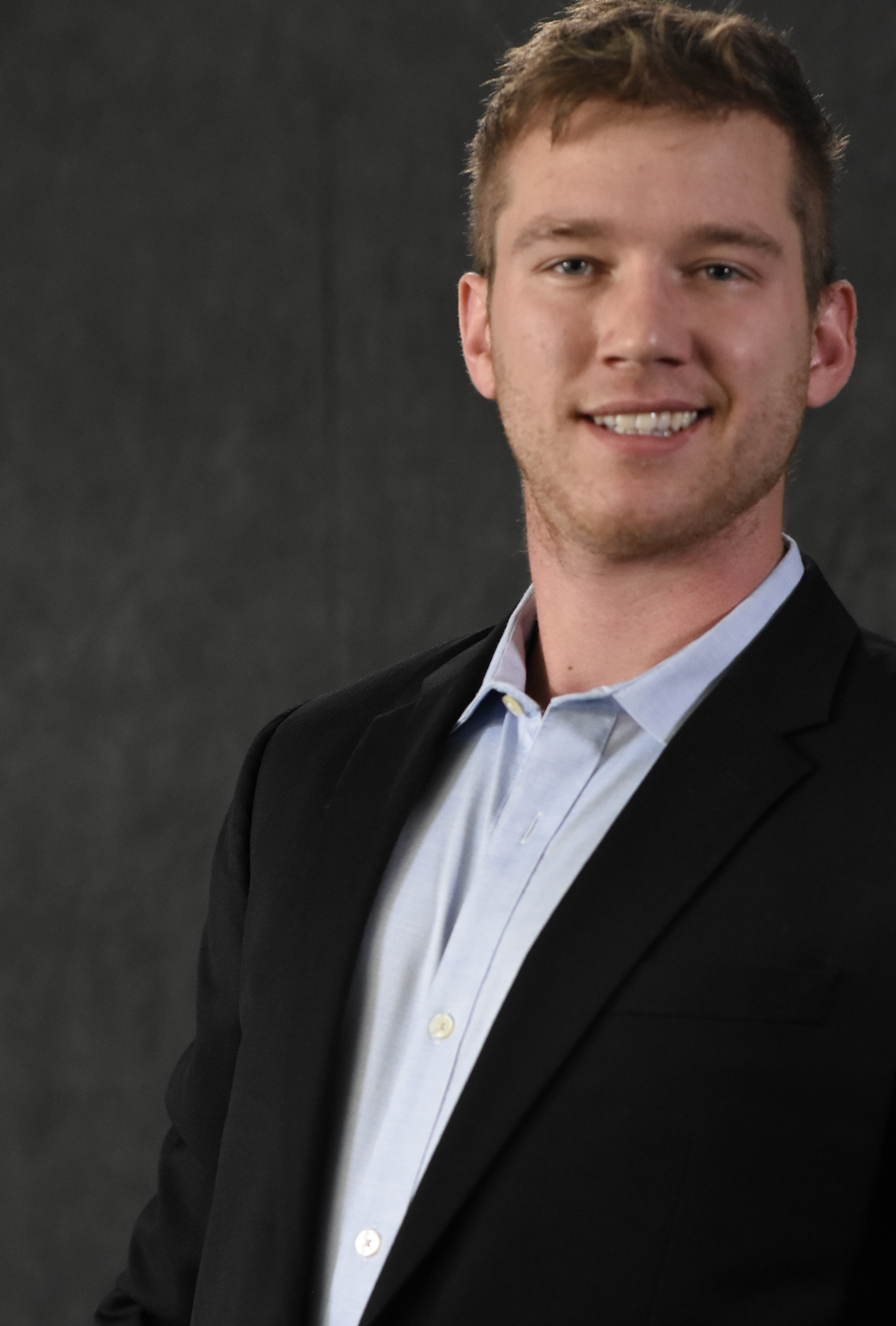
Lucas J. Spangher
Research Engineer
Lucas Spangher was a Postdoc at MIT PSFC from March 2023 to February 2024 focusing on testing cutting-edge ML models for disruption prediction in order to better understand and forsee undesirable behavior in tokamak plasmas. He continues to collaborate with the Disruptions team on transformer-based ML for disruption prediction. Before joining fusion, Lucas completed a PhD from UC Berkeley in Reinforcement Learning for energy grid optimization, a fellowship at DOE ARPA-E in carbon emission modeling of new technologies, including fusion, and two years of field research for microgrids in rural India and Brazil.

Ryan M. Sweeney
Disruption Scientist
Ryan Sweeney is a Disruption Scientist at Commonwealth Fusion Systems and is leading the disruption strategy for the SPARC net energy tokamak and the ARC tokamak power plant. While a scientist by training, his roles span the disruption effort including collating physics input to drive design, evaluating anticipated disruption loads, supporting engineering and software, and preparing for SPARC operations. To address the disruption challenge, Ryan interfaces with a world leading team of experts, including MIT, Columbia University, and EPFL. Prior to working at CFS Ryan spent four years at MIT conducting disruption research on the JET tokamak in England and then on disruptions and magnetohydrodynamics topics for SPARC. Prior to MIT Ryan spent two years as a postdoc at the ITER Organization in France studying the physics of disruption mitigation. He completed his PhD at Columbia University researching locked mode disruptions on the DIII-D tokamak in San Diego. Outside of work, Ryan enjoys hiking, skiing, and launching model rockets.

Christopher Van Hoecke
Quantitative Researcher · Graduate Student
Christopher is a part-time graduate student of Applied and Computation Maths at Johns Hopkins University who collaborates with Dr. Cristina Rea in the Department of Nuclear Science and Engineering. His research focuses on applying machine learning techniques for the prediction and mitigation of plasma disruptions in fusion reactors. He does this alongside a full-time position as a quantitative researcher at a NY-based financial institution where he applies similar statistical tools to various financial datasets.
Past members (7)

John C. Boguski
Postdoctoral Associate
John was a Postdoc at the MIT PSFC working on hardware aspects of the runaway electron mitigation coil (REMC) including fast switching capabilities and in-vessel coil insulation. His past projects include spectroscopic measurements of local ion velocities in self-organized Reversed Field Pinch plasmas and design and implementation of pulsed power infrastructure for a new Field Reversed Configuration laboratory. His research interests include runaway electron mitigation, high voltage fusion systems, plasma self-organization, and generally worrying about how fusion systems might mis-behave.

Darren T. Garnier
Research Scientist
Darren worked as a Research Scientist at MIT PSFC until November 2023, with focus on SPARC machine design and plasma control. He transitioned to the role of Director of Plasma Science at OpenStar Technologies, a hard tech start-up based in Wellington, New Zealand. He and OpenStar will explore the levitated dipole as a fusion reactor.

Panagiotis S. Kaloyannis
Master's Student
Peter worked with the Disruption Team between February and August 2023. He completed his Master's Thesis work at PSFC in characterizing the statistical properties of disruptions in C-Mod and DIII-D. The thesis comprised of outlining the a purely stochastic Poisson model for disruptions. From such a model, stability maps could be made that could be used in operational planning or in a control system to avoid regions of instability. As a visiting student from EPFL, this work was supervised jointly by Dr. Cristina Rea and Prof. Ambrogio Fasoli. Now that Peter has graduated, he is working full time at CFS developing the SPARC control system and working on PhD applications.

Kevin J. Montes
Graduate Student
Kevin graduated from MIT Physics Department in April 2021, and was a member of the Disruption Team since September 2016. Under the supervision of Cristina Rea, Robert Granetz, and Earl Marmar, Kevin worked on multi-machine database development for disruption prediction analysis. His thesis work focused on the use of interpretable Machine Learning algorithms and tools for cross-machine analysis, like the development of physics-based indicators for kinetic and radial plasma profiles. He also developed a semi-supervised algorithm to accelerate discharge labeling and annotation, focusing on DIII-D data, and available as a module in the OMFIT integrated modeling framework.

Herbert M. Turner
Master's Student
Herbie worked on his Masters thesis project from September 2022 to May 2023 under the supervision of Cristina Rea. The goal was to develop the first version of an interoperable software library for experimental data retrieval and analysis. This effort allowed disruption team members to move their workflows for database management and analysis from Matlab to Python. The suite of tools developed includes also useful routines to establish ML pipelines for model training and evaluation.
Yiru Xiao
Graduate Student
Jinxiang Zhu
Graduate Student
Jinxiang graduated in 2023 as part of the PSFC Disruption Team. His work focused on multi-machine database analysis and disruption prediction, connecting purely data-driven algorithms with physics-based simulations, and exploring transfer learning and domain adaptation. Jinxiang also led an experiment on DIII-D in July 2022 to validate an empirical boundary for tearing stability obtained via symbolic machine learning.